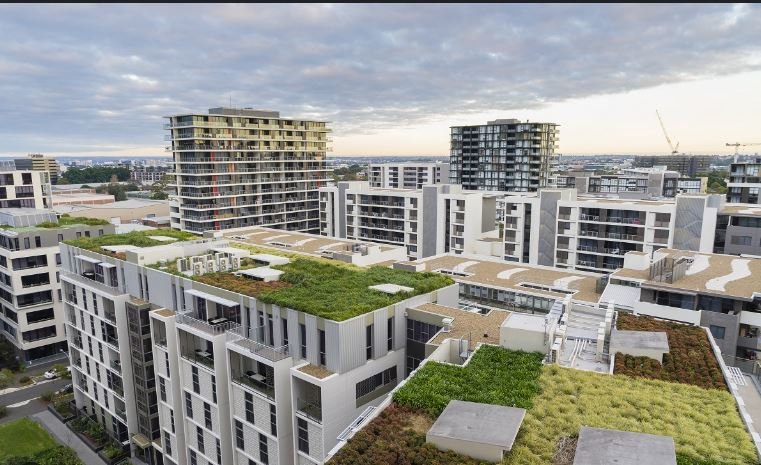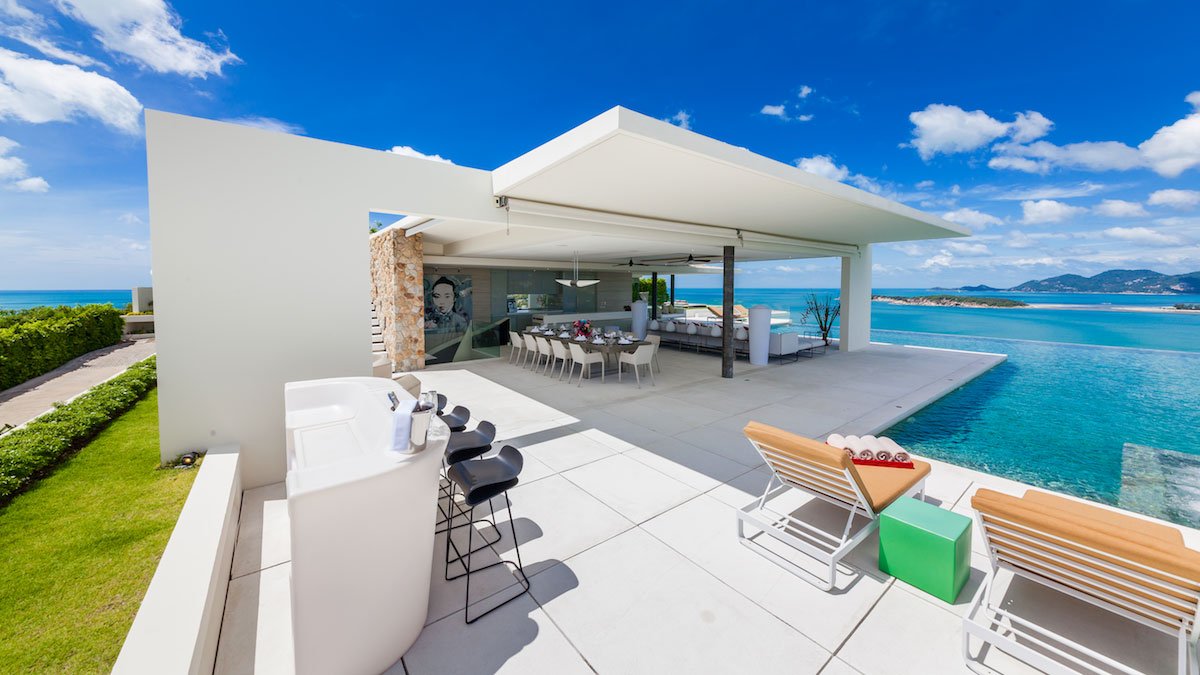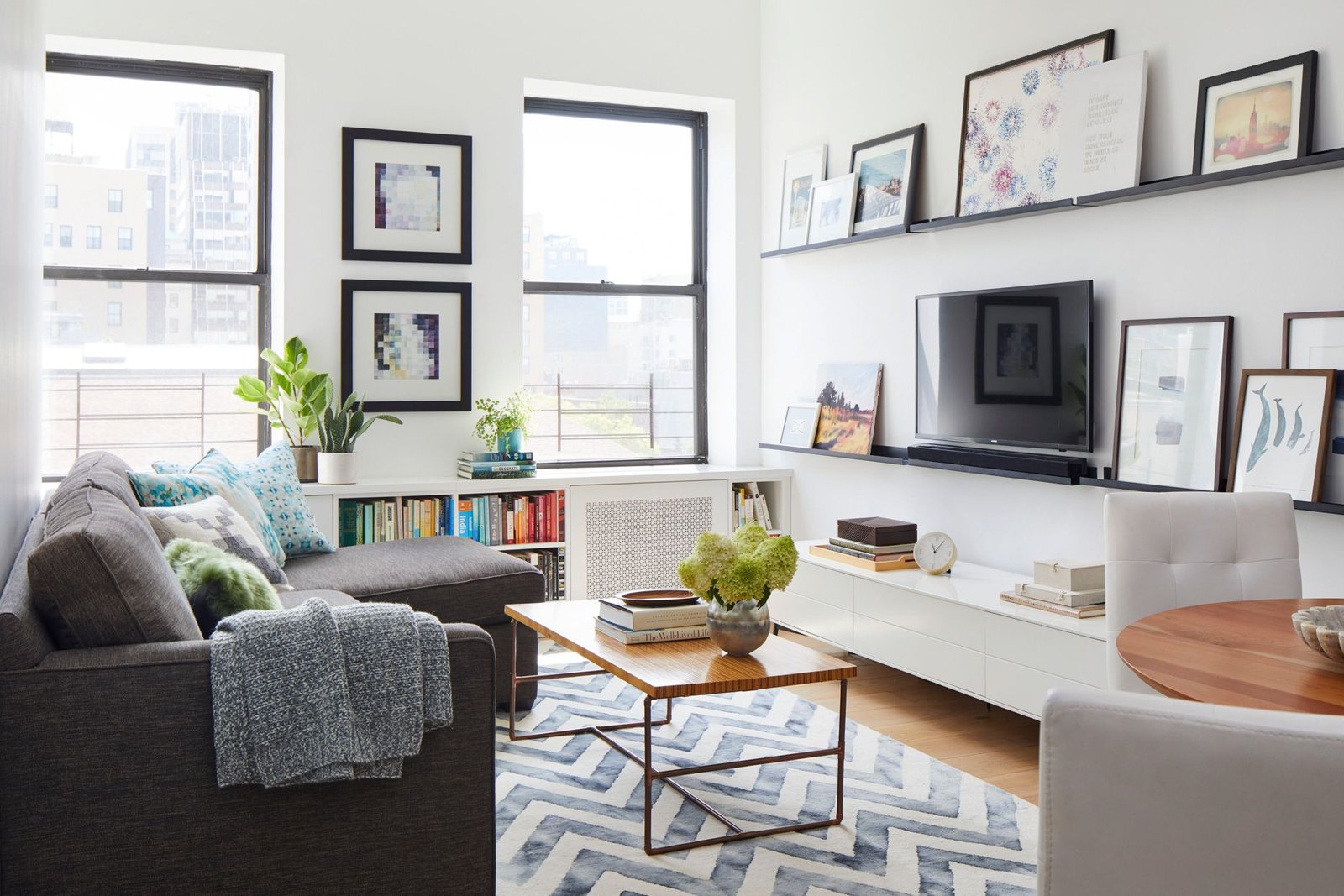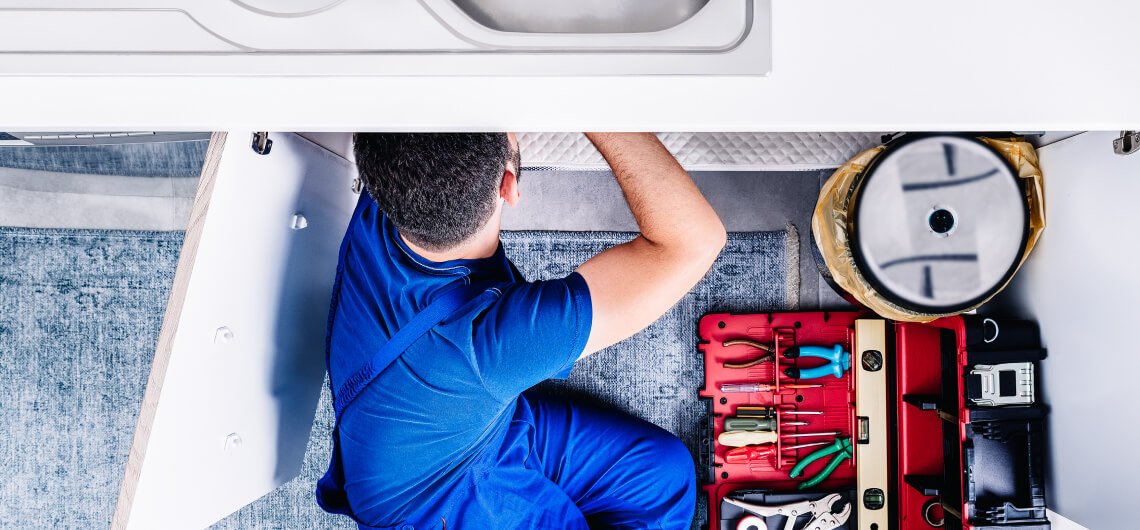Sustainable Living in Apartment complexes are becoming increasingly important as urban populations grow and environmental concerns mount. These initiatives not only reduce the ecological footprint of residential buildings but also offer long-term economic and health benefits to residents. Here are the key sustainability practices being adopted in modern apartment complexes.

Energy Efficiency
Energy efficiency is a cornerstone of sustainable apartment living. Many apartment complexes are now incorporating energy-efficient appliances, LED lighting, and smart thermostats to reduce energy consumption. Additionally, the use of solar panels and other renewable energy sources is becoming more common, allowing buildings to generate their own clean energy and reduce reliance on fossil fuels.
Water Conservation
Water conservation is another critical area of focus. Apartment complexes are installing low-flow faucets, showerheads, and toilets to minimize water usage. Rainwater harvesting systems and greywater recycling are also being implemented to reuse water for irrigation and other non-potable uses. These measures help to significantly reduce water wastage and lower utility bills for residents.
Waste Management
Effective waste management is essential for sustainability. Many apartment complexes now provide comprehensive recycling programs and composting facilities to reduce landfill waste. Some even offer electronic waste recycling and hazardous waste disposal services. Educating residents on proper waste segregation and encouraging participation in these programs are key to their success.
Green Building Materials
The use of green building materials is gaining traction in sustainable apartment construction. These materials, such as recycled steel, bamboo, and reclaimed wood, have a lower environmental impact compared to traditional building materials. Additionally, low-VOC (volatile organic compound) paints and finishes improve indoor air quality by reducing the release of harmful chemicals.
Indoor Air Quality
Maintaining good indoor air quality is crucial for the health and well-being of residents. Apartment complexes are incorporating advanced ventilation systems, air purifiers, and the use of non-toxic materials to ensure clean and healthy indoor environments. The inclusion of indoor plants can also enhance air quality by filtering pollutants and increasing oxygen levels.
Sustainable Landscaping
Sustainable landscaping practices are being adopted to create green and eco-friendly outdoor spaces. Native and drought-resistant plants are preferred for landscaping as they require less water and maintenance. Implementing green roofs and vertical gardens not only provides insulation but also helps to reduce the urban heat island effect and improve biodiversity.
Public Transportation Access
Promoting the use of public transportation is an effective way to reduce carbon emissions from private vehicles. Apartment complexes located near public transit hubs encourage residents to use buses, trains, and bicycles instead of cars. Providing bike storage facilities and promoting car-sharing programs are additional strategies to reduce the environmental impact of transportation.
Community Gardens
Community gardens are becoming a popular feature in sustainable apartment complexes. These gardens provide residents with the opportunity to grow their own food, reducing the carbon footprint associated with transporting produce. They also foster a sense of community and well-being by encouraging social interaction and outdoor activity.
Renewable Energy Integration
Integrating renewable energy sources is a significant step towards sustainability. Solar panels, wind turbines, and geothermal energy systems are being incorporated into apartment complexes to generate clean energy. These systems not only reduce greenhouse gas emissions but also offer long-term cost savings on energy bills for residents.
Green Certifications
Obtaining green certifications, such as LEED (Leadership in Energy and Environmental Design) or BREEAM (Building Research Establishment Environmental Assessment Method), is a testament to a building’s sustainability credentials. These certifications ensure that the apartment complex meets high standards of energy efficiency, water conservation, and overall environmental performance.
Conclusion
Sustainability initiatives in apartment complexes are essential for reducing environmental impact and promoting healthier living environments. By embracing energy efficiency, water conservation, waste management, green building materials, and other sustainable practices, apartment complexes can play a pivotal role in fostering a more sustainable future. These initiatives not only benefit the environment but also enhance the quality of life for residents through cost savings, improved health, and stronger community ties.











